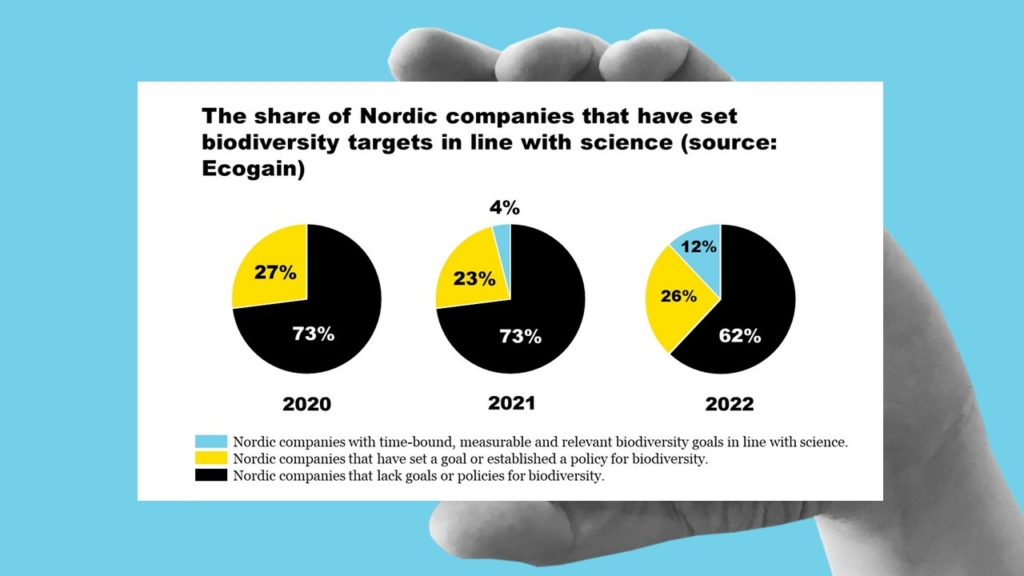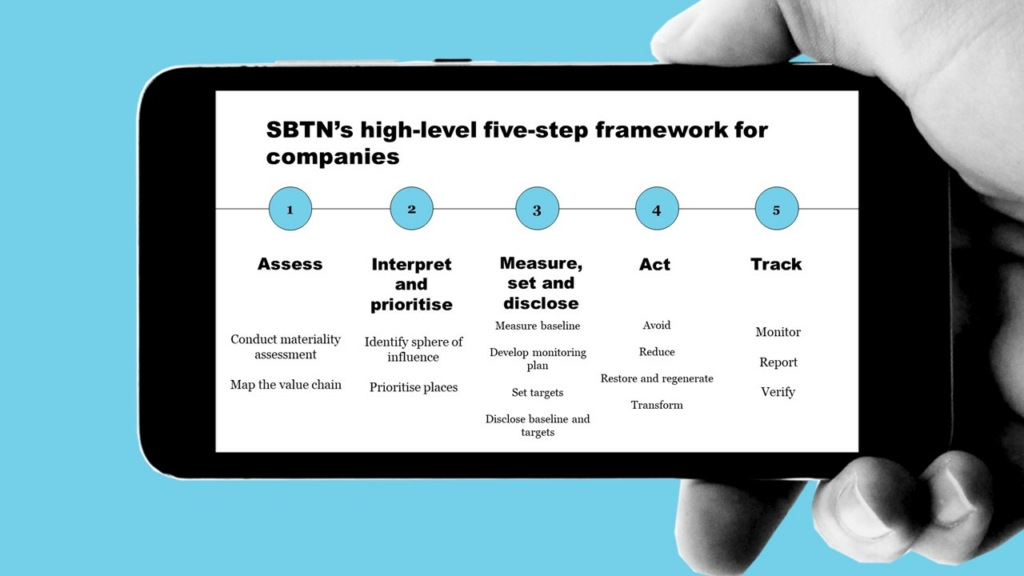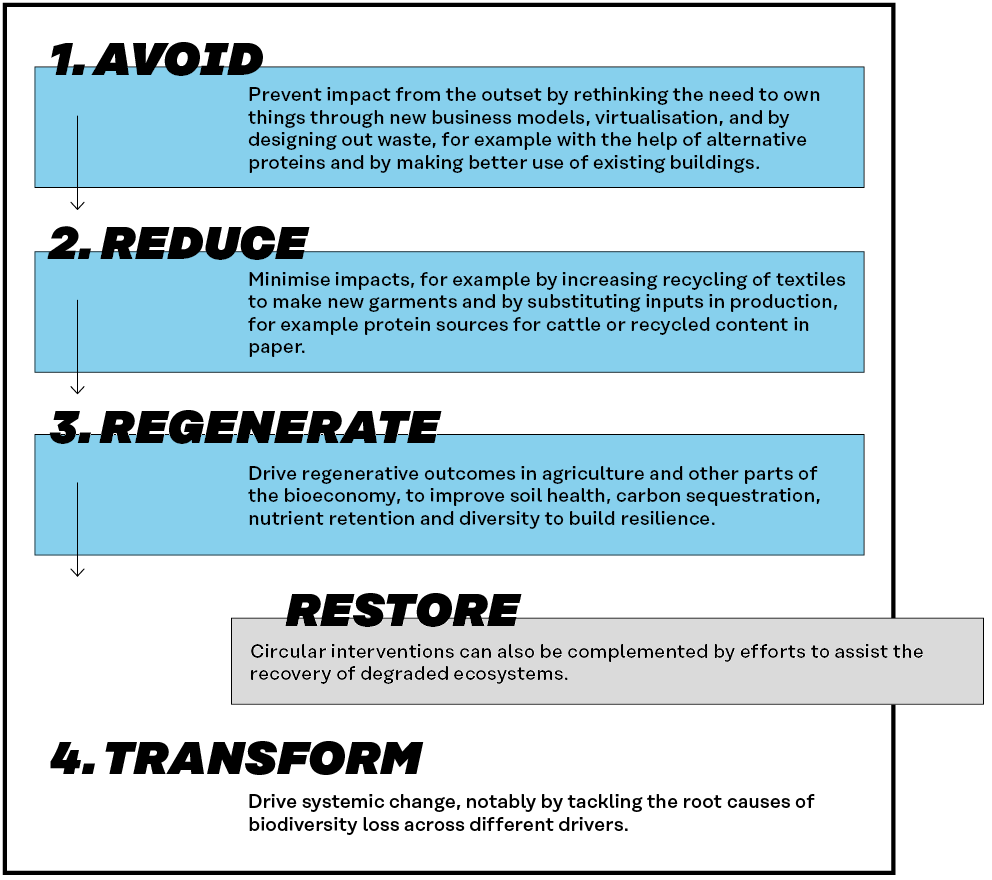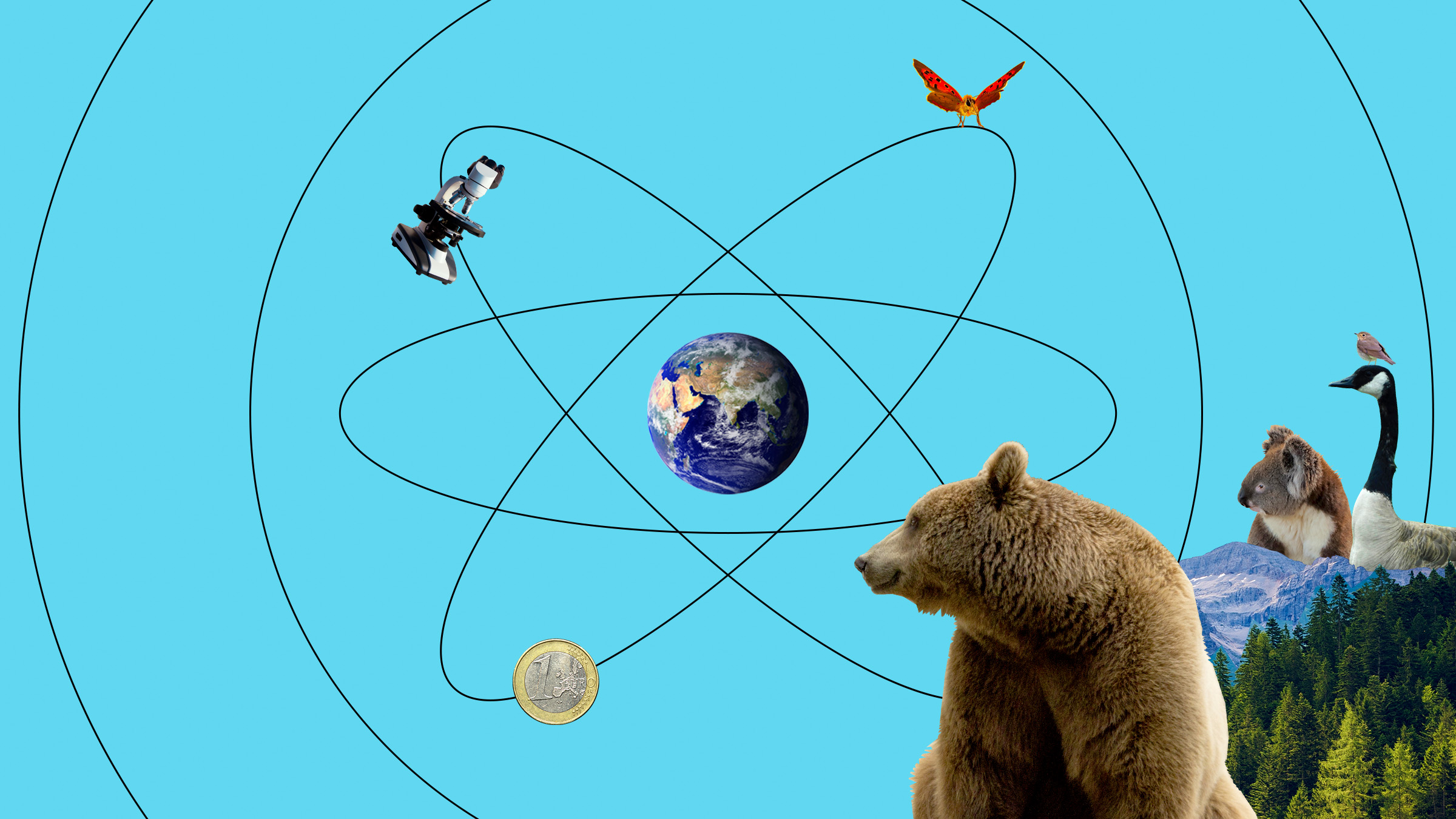How do you know if your company is doing enough of the right things in the right places to halt biodiversity loss and steer the way toward nature-positive business?
Science-based targets for nature have been developed to provide companies and cities with a solutions framework to do just that.
Science-based targets were first developed by SBTi to help companies set credible climate goals anchored in science. SBTi has since become something of a gold standard for corporate net-zero targets.
As the climate crisis has only accelerated, global biodiversity loss has emerged as a challenge that could even eclipse climate change. With more than a million species at risk of extinction and half of global GDP moderately or highly dependent on nature and its services, the calls for similar targets for nature have been growing.
Science-based targets for nature
- To help companies prepare for setting science-based targets for nature before the launch of SBTN’s first version in 2023, Sitra has worked with FIBS, (Finnish Business & Society, the largest corporate responsibility network in the Nordics), and funded the second pilots of its kind in the world.
- This pilot brought together ten leading Finnish companies from the food and agriculture, forest, textiles and construction sectors – the sectors with the largest impacts on biodiversity loss according to Sitra’s study Tackling root causes.
- The companies received training, explored the guidance from SBTN, applied the learnings across their own supply chains and business models and prepared for setting science-based targets for nature.
- You can take part of the findings and the companies’ own experiences from the pilot in this final report (in Finnish)
In 2020, the Science Based Targets Network (SBTN), founded as a sister organisation to SBTi, published initial guidance (pdf) for setting science-based nature targets, responding to the need for tools to support effective nature work with measurable, actionable, and time-bound objectives. Following the agreement in Montreal of the Post-2020 Global Biodiversity Framework with 2030 targets, SBTN will release its version 1 of the Science-based targets for nature in 2023.
Here are five reasons why companies and cities should start setting science-based targets for nature:
1. There is increasing demand for nature action among businesses
The interest in biodiversity among businesses has grown significantly over the last few years. The proportion of Nordic companies that set goals in line with science trebled between 2021 and 2022 according to the environmental concultancy Ecogain. This growth is particularly strong in Finland, which was the Nordic country with the most companies (5) among the 50 best performing European companies in 2022.
This momentum in corporate nature work is only set to grow, and it will increasingly become a competitive advantage – and eventually a requirement – to have nature targets anchored in science.

2. New investments and policies will increasingly demand nature targets anchored in science
Last year ESG funds faced strong headwinds and saw a staggering 84% year-on-year drop in reclassifications, amid a crackdown on greenwashing, according to Bloomberg news agency. Lofty goals with unsubstantiated claims are no longer an option, as legislation is tightening and investors are becoming more discerning.
This message was also echoed in a recent report commissioned by the Ministry of the Environment. In the report, 50 Finnish financial institution and business leaders were interviewed about their interest and readiness in terms of tackling biodiversity loss. The interviewees stressed growing demands from EU and national legislation, as well as from financial institutions, which are increasingly factoring in nature risks – it is thus better to find yourself at the forefront than lag behind, but thus far there has not been any gold standard for nature targets.
While the Science-based targets for nature are still under development and have yet to attain the same prestige as SBTi’s climate targets, science-based targets have the advantage that they start from the science, to establish what constitutes a safe operating space – in line with the planetary boundaries framework and the Convention on Biological Diversity and the post-2020 Global Biodiversity Framework. Targets are thus not set at an arbitrary level but instead reflect the space provided if we are to not overshoot our planetary boundaries.
3. More in-depth supply chain knowledge increases precision, hedges against risks and builds resilience
Setting science-based targets for nature is a significant commitment, and there are few shortcuts: In line with SBTN’s five-step framework, companies must first conduct a materiality assessment and assess dependencies and impacts on nature across their supply chains, including through spatial data, which can be both time and resource-intensive.
This step is largely aligned with other methodologies for nature work, for example those presented by the Taskforce on Nature-related Financial Disclosures (TNFD) and the Capitals Coalition. While different methodologies have their respective advantages, conscientious nature work will inadvertently help you master your own supply chain. This allows for more precise and effective target-setting, for nature but equally so for mitigating emissions or social risks.
The scope and scale are different in each company, but as SBTN highlights, it is possible to start with one material stream and then expand the scope later on, and the sooner you start, the faster you can begin to map your supply chain, master the nature methodology and shore up your value chains against mounting regulatory pressure. With a more developed understanding of the company’s supply chains, an added bonus is less exposure to supply shocks. Rarely has resilience been as important as it is today.
SBTN’s high-level five-step framework for companies to assess, prioritise, measure, address and track their impacts on nature in line with science.

4. SBTN lets you tackle the triple environmental crisis as a whole
Many companies are already struggling with the nitty-gritty of emissions protocols. Nature impacts, which are location-specific, present yet another level of complexity. Yes, there is one more step, and nature work is more complex.
The good news, however, is that SBTi’s climate targets directly feed into SBTN’s framework, which means that experience from measuring impacts and setting targets for emissions are by and large transferable to nature work. Again, knowing your supply chain is key! More than that, rather than reinventing the wheel, SBTN offers a framework for tackling climate and nature impacts in an integrated way, as it is built around the IPBES five drivers of biodiversity loss: land/sea-use change, climate change, pollution, direct exploitation and invasive alien species.
SBTN thus provides a framework for tackling all three facets of the triple crisis of biodiversity loss, climate change and pollution at the same time.
5. Profitable circular solutions can already be used to deliver on the targets
An oft-cited reason for inaction among companies is the lack of economic opportunities in nature work. This is understandable, but there is just one problem: it is not true. The circular economy can halt biodiversity loss, and SBTN’s Executive Director, Erin Billman, has referred to the circular economy as a delivery mechanism (video), i.e. a tool, for reaching science-based targets.
As the figure below demonstrates, the circular economy neatly maps onto the fourth step (Act) in SBTN’s five-step framework. In Finland, more than 120 companies have demonstrated that you can already make business out of the circular economy, by giving us more value from what we already have. If applied to sectors and supply chains with large impacts on biodiversity, such circular solutions would play a critical role for the natural world. SBTN’s Version 1 launch in 2023 will remain confined to steps 1-3 (Assess, interpret and prioritise, and measure, set and disclose), but in future iterations, and as companies have come further, circular solutions will only grow in importance.

As the Sitra-FIBS pilot has demonstrated, many companies are already leading the way towards a nature-positive world, while continuing their transition to net zero and a circular economy. By bringing these topics closer together, companies and cities have a chance to develop solutions that tackles the triple planetary crisis – in a way that creates more value than the sum of its parts.
Read more:
FIBS report: Vaikuttavaa luontotyötä – Yritysten opit ja kokemukset tieteeseen pohjautuvien luontotavoitteiden pilotoimisesta (in Finnish)




















Recommended
Have some more.